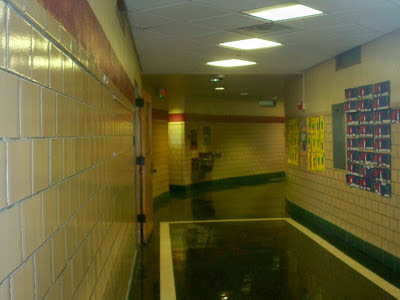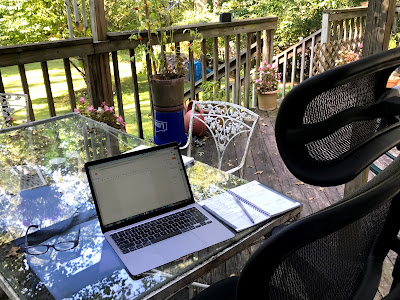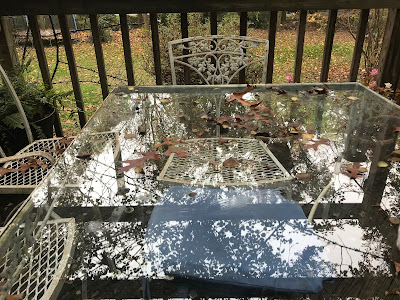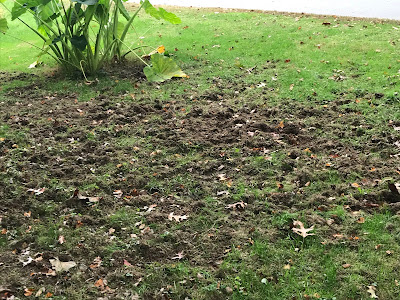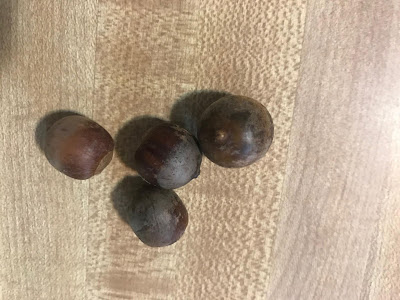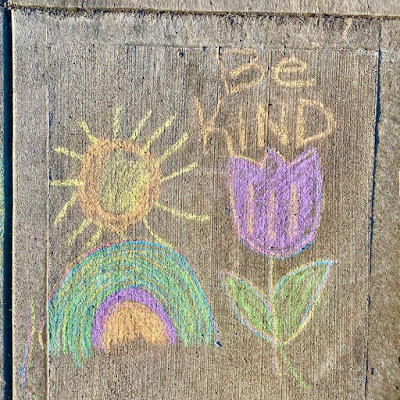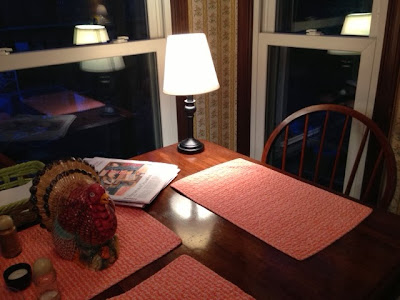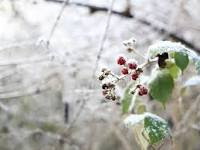Christ the King
Today is the feast day of Christ the King, the last Sunday of the liturgical year. But for me, Christ the King will always be, first and foremost, a school — “CKS,” my earliest alma mater, the place where I learned to read and write, where I got my first crushes on boys, where I arrived most days with a knot in my stomach.
It was not a feel-good place; most parochial schools were not in those days. It was a bar of Ivory soap and a rough towel, just the basics. There were no counselors, no social workers. If the nuns were unhappy with you, they weren’t above grabbing you by the arm and giving it a firm squeeze.
I remember the scent of wet rubber boots in the cloak room on a rainy day, the smell of vomit and of the detergent used to clean it (I wasn’t the only one who arrived at school with a knot in my stomach). I remember chalk dust and the way the nuns would tuck their arms up their voluminous sleeves, the clicking of the rosary beads they wore clipped to the side of their habits.
A few years ago, when I was visiting Lexington, I went back to Christ the King, strode through the halls, peeked into the classrooms, wandered through the lunchroom, which was where I tried out for cheerleader in seventh grade. “Two bits, four bits, six bits, a dollar, All for Christ the King, stand up and holler.”
Eight years is a long time to spend in a place, especially when those years are your sixth through 13th. Those years throw long shadows; I walk in them still.
